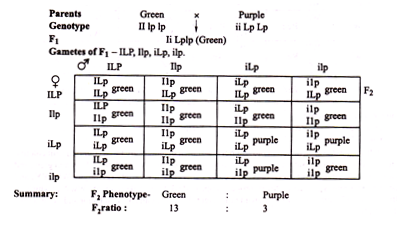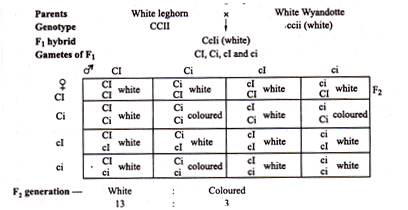ADVERTISEMENTS:
There is 78% nitrogen in atmosphere. But this cannot be taken in by the organisms. It needs to be fixed as nitrates and then utilised. This cycle is divided into four phases – nitrogen fixation, ammonification, nitrification, and denitrification (Fig. 12).
Phase # 1. Nitrogen Fixation:
Fixation of nitrogen takes place by atmospheric and biological agents. Other than this it takes place by industrial fixation.
ADVERTISEMENTS:
i. Atmospheric Fixation:
Due to electrochemical and photochemical reactions oxygen combines with nitrogen to form oxides. When these oxides dissolve in water they form nitrous and nitric acid. These acids combine with other salts to form nitrates.
N2 + O2 → 2NO
2NO + O2 → 2NO2
ADVERTISEMENTS:
2NO2 + H2O → HNO2 + HNO3
3NO2 + H2O → 2HNO3 + NO
These reactions also take place when there is thunder and lightning.
ii. Biological Fixation:
Biological fixation can be done by bacteria and cyanobacteria. This fixation can take place by symbiotic bacteria, free living bacteria and also by loose association.
a. Symbiotic Bacteria:
This is brought about by Rhizobium in root nodules of legumes; Frankia in root nodules of Casuarina and Alnus; Nostoc and Anabaena (cynobacteria) in coralloid roots of Cycas, Nostoc in thallus of Anthoceros; and Anabaena in roots of Azolla.
b. Free Living Bacteria:
Azotobacter (aerobic bacteria) and Clostridium (anaerobic bacteria). They can fix free nitrogen in the soil irrespective of the type of crop grown in the field.
ADVERTISEMENTS:
c. Loose Association:
In this kind of association bacteria remains on the surface and does not grow deep inside the host tissue e.g. Azospirillum.
iii. Industrial Fixation:
Nitrogen can be fixed in the form of chemical fertilizers manufactured in industry.
Phase # 2. Ammonification:
ADVERTISEMENTS:
Ammonification means decomposition of proteins of dead and decaying plants and animals. Ammonification takes place by ammonifying bacteria, actinomycetes and fungi. Ammonia so formed may escape to atmosphere of remain in soil and gets oxidised to nitrates. The common ammonifying bacteria are Bacillus ramosus, Bacillus vulgaris and Bacillus mycoides.
Phase # 3. Nitrification:
Conversion of ammonia into nitrate is called nitrification. In this process, ammonia is first converted to nitrite by bacteria Nitrosomonas and then nitrite is converted to nitrate by bacteria Nitrobacter. Plants have the capacity to absorb these nitrates from the soil.
Phase # 4. Denitrification:
Conversion of nitrate back into nitrous and nitric oxide and finally to molecular nitrogen is known as denitrification. Bacteria involved in this process are Pseudomonas, Bacillus subtilis, Thiobacillus, Micrococcus denitrificans.



